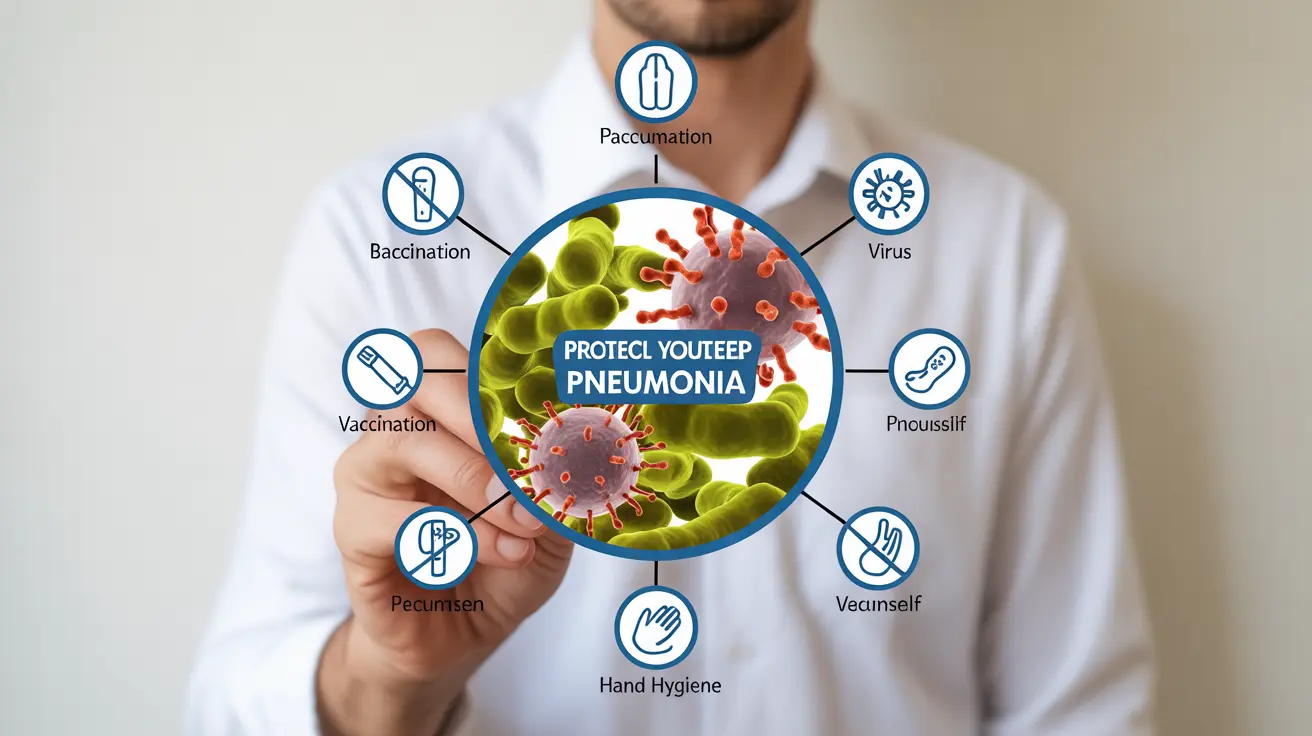Recent pneumonia outbreaks in various regions have raised concerns about public health and safety. Understanding the nature of these outbreaks, their causes, and how to protect ourselves is crucial for maintaining community health and preventing the spread of respiratory infections.
This comprehensive guide explores the key aspects of pneumonia outbreaks, including their common causes, recognition of symptoms, available treatments, and essential prevention strategies.
Common Causes of Pneumonia Outbreaks
Pneumonia outbreaks typically occur due to various infectious agents, with bacterial infections being a significant contributor. Mycoplasma pneumoniae, a common bacterial cause, tends to spread more easily in community settings like schools and nursing homes.
- Streptococcus pneumoniae bacteria
- Respiratory viruses
- Environmental factors
- Seasonal changes that affect respiratory health
Recognizing Pneumonia Symptoms
Early Warning Signs
Early recognition of pneumonia symptoms is crucial for proper treatment and containment of outbreaks. Common early symptoms include:
- Persistent cough with or without mucus
- Fever and chills
- Difficulty breathing or shortness of breath
- Chest pain when breathing or coughing
- Fatigue and weakness
Severe Symptoms Requiring Immediate Care
Some symptoms indicate a need for immediate medical attention:
- High fever (103°F or higher)
- Severe chest pain
- Bluish lips or fingernails
- Rapid or difficult breathing
- Confusion or mental changes
Treatment Approaches
Treatment for pneumonia during outbreaks typically depends on the causing agent and severity of symptoms. Healthcare providers may recommend:
- Antibiotics for bacterial pneumonia
- Antiviral medications when appropriate
- Rest and increased fluid intake
- Over-the-counter medications for symptom relief
- Oxygen therapy in severe cases
Prevention Strategies
Preventing pneumonia during outbreak seasons involves multiple protective measures:
- Getting vaccinated against pneumococcal disease and flu
- Practicing good hand hygiene
- Wearing masks in high-risk situations
- Maintaining good overall health
- Avoiding close contact with infected individuals
Frequently Asked Questions
What causes pneumonia outbreaks like those seen in Ohio and China?
Pneumonia outbreaks are typically caused by infectious agents that spread rapidly through communities. In recent cases, bacterial pathogens like Mycoplasma pneumoniae have been identified as primary causes, though outbreaks can also be triggered by viral infections or a combination of factors.
How can I recognize the symptoms of pneumonia caused by Mycoplasma pneumoniae?
Mycoplasma pneumoniae typically causes symptoms such as a persistent dry cough, fever, fatigue, and chest pain. These symptoms often develop gradually over several days and may be accompanied by headache and sore throat. The cough can last for weeks, even after other symptoms improve.
Are the recent pneumonia outbreaks in different countries connected or caused by a new illness?
Current evidence suggests that recent pneumonia outbreaks in different countries are not directly connected and are caused by known pathogens rather than new illnesses. Each outbreak is being monitored by local health authorities to track causes and patterns.
What treatments are recommended for typical bacterial pneumonia infections during an outbreak?
Standard treatment for bacterial pneumonia includes appropriate antibiotics prescribed by healthcare providers, rest, increased fluid intake, and careful monitoring of symptoms. The specific antibiotic choice depends on the suspected bacterial cause and local resistance patterns.
How can I reduce my risk of getting pneumonia during an outbreak season?
To reduce risk during outbreak seasons, maintain good hygiene practices, get recommended vaccinations, wear masks in crowded indoor spaces, avoid close contact with sick individuals, and strengthen your immune system through healthy lifestyle choices like proper nutrition and adequate sleep.




